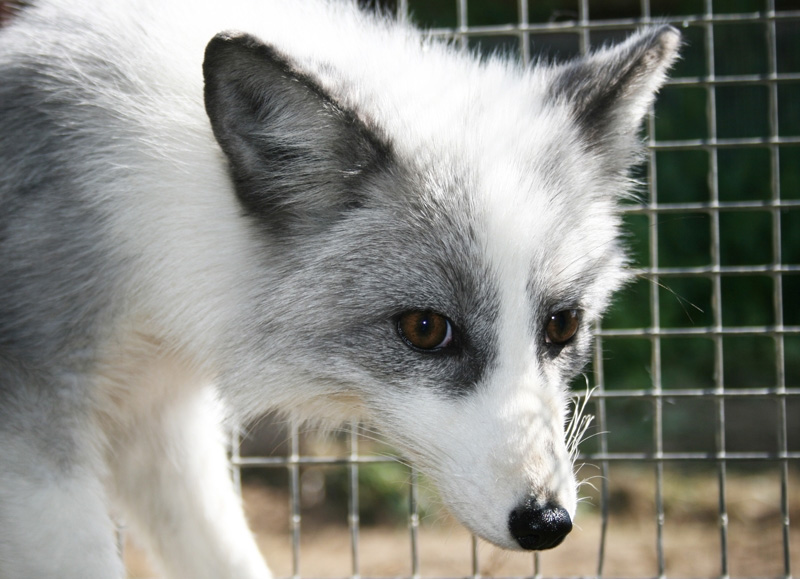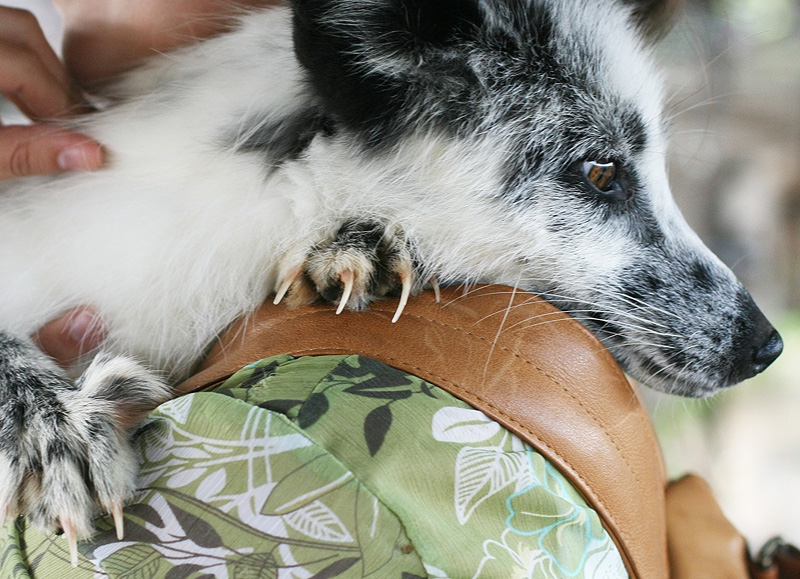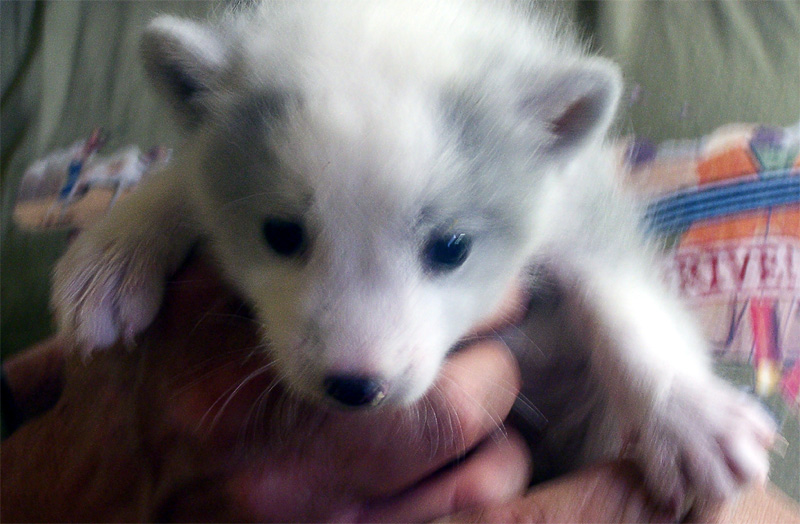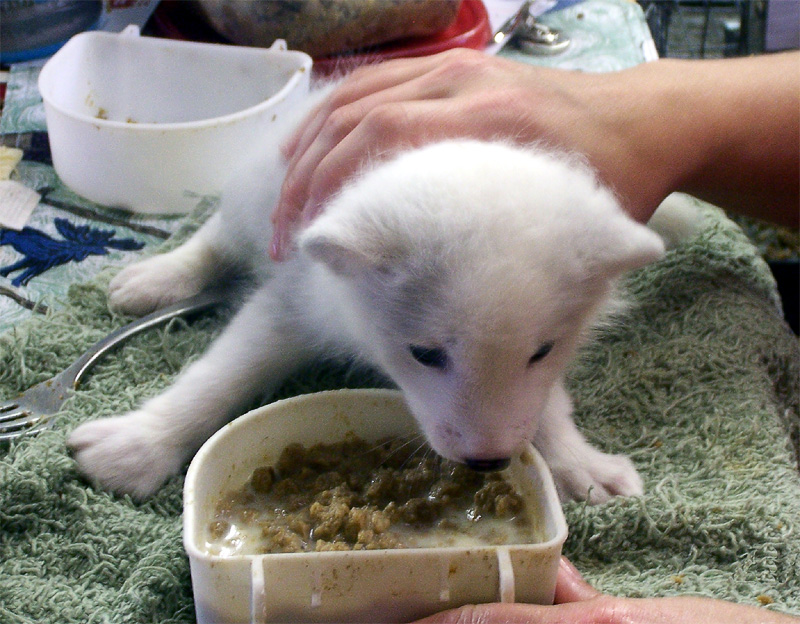Foxes domesticated in the first generation are not the rare. From time to time somebody finds the abandoned fox puppies and brings them home, feeds them, cares about them. Fox puppies grow and becoming faithful friends to their savior. Since foxes are closely related to wolves and dogs they are sharing most of the habits and behavior.
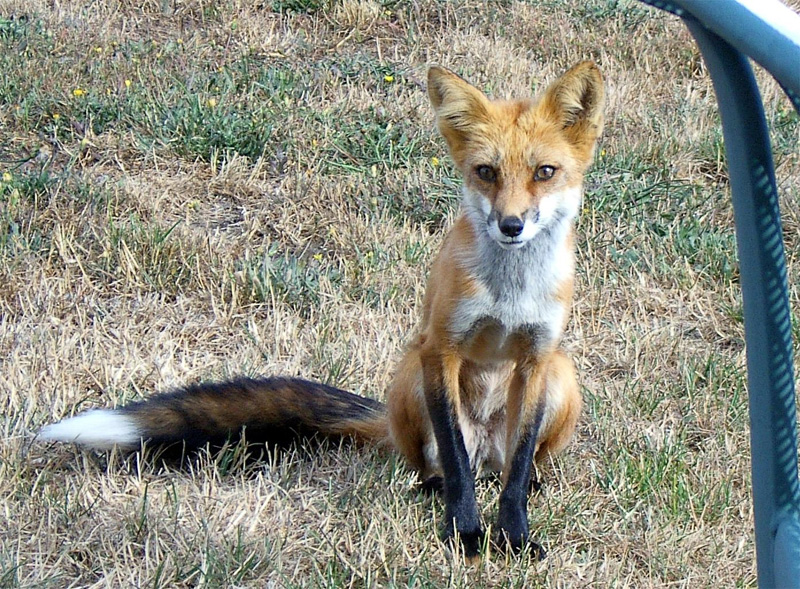

However, there are some differences. Domesticated pups of the wild parents are friendly but still pretty wild animals with the strong wild foxes’ habits. They really love to dig and could dig quite a deep pit in the middle of your flowerbed or even in the middle of your favorite sofa.
Wild foxes have a very strong odor. It’s not so noticeable when the animal is living outdoors but living indoors even a small fox pup could turn a pretty big house into a barn. The fox’s pee is especially smelly since the wild foxes tend to mark their territory.
In the middle of the 20th century Russian scientist Dmitry Belyaev who was working for the Soviet Institute of Cytology and Genetics started his first experiments to breed deeply domesticated foxes. That times his goal was not much humanitarian. He was trying to breed the Siberian foxes that would be calm and easy to care in the fur farms.

Half a century later due to pressure from the ecology organisations and animal rights activists the idea of exporting fur without killing the animal who wear it surfaced. Now there is at least one company exporting domesticated by Belyaev and his progeny Siberian foxes exists. The price of the domesticated Siberian fox pup is as high as $6000 (including a careful and fast shipping from Siberia) but the Russians promise that their breed of Siberian foxes are deeply domesticated which means that such foxes are not much smelly than the average dog, very friendly to people and gave up almost all their bad wild habits.

It’s logical that the pet foxes are becoming more similar to dogs on the way to domestication. They are tend to bark almost like the dogs of comparable size. They wag their tales when happy. Their color schemes are more diverse since the color of the fur doesn’t play such an important role when the animal is living indoors and eats from the bowl on the kitchen.
